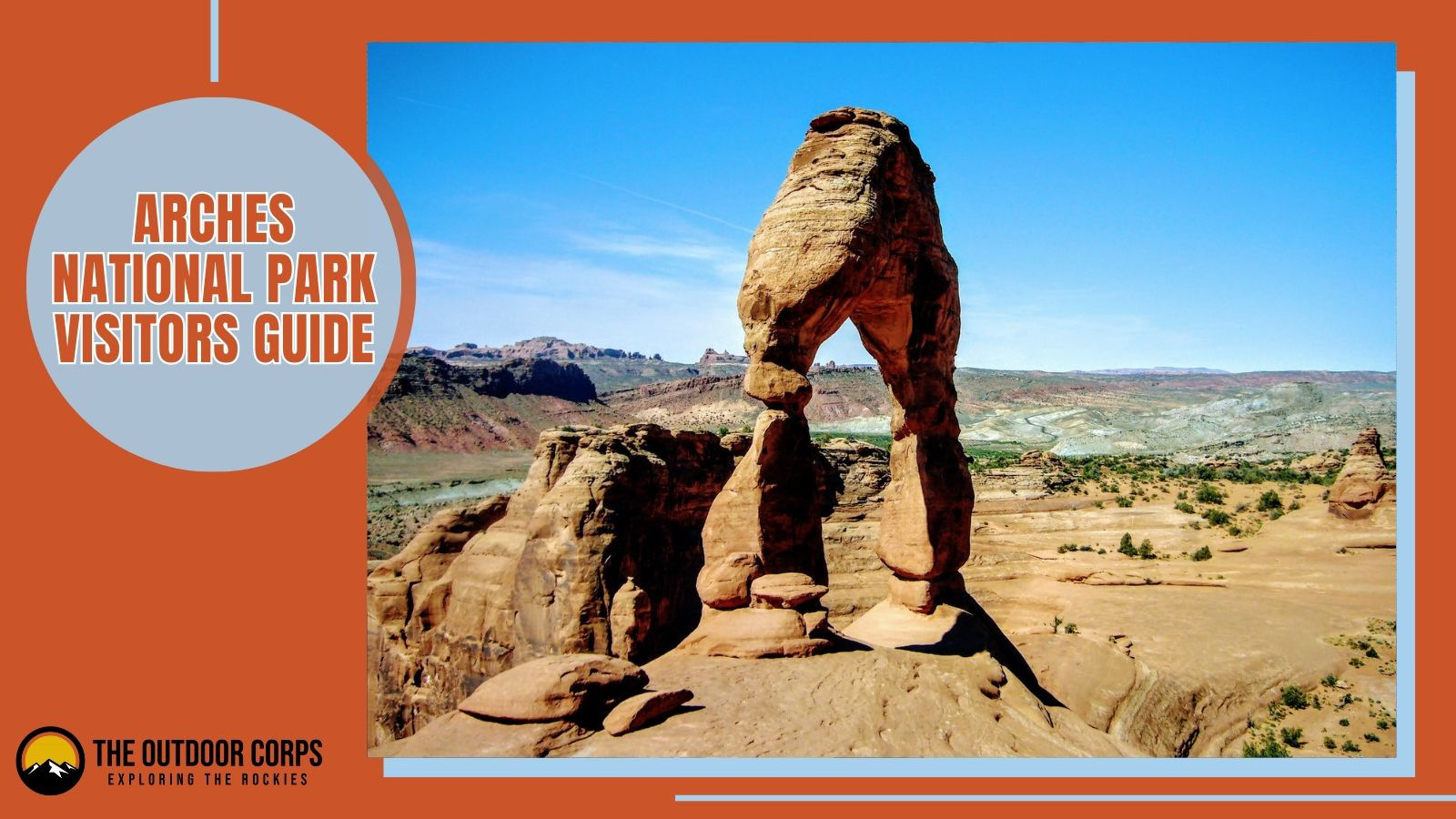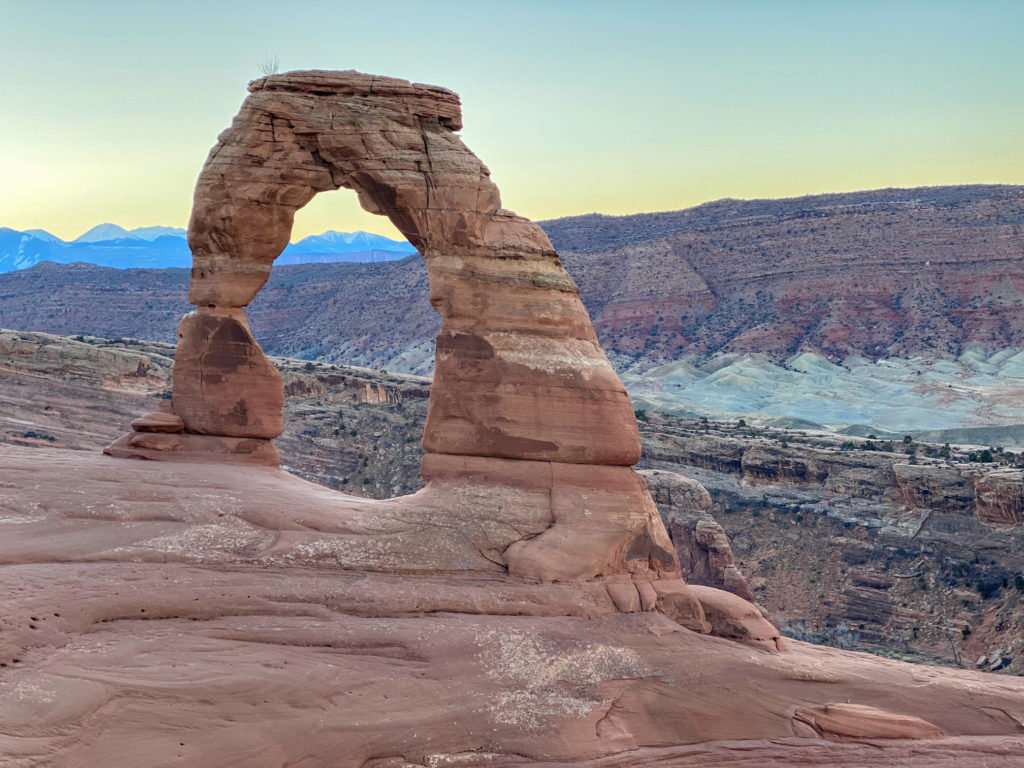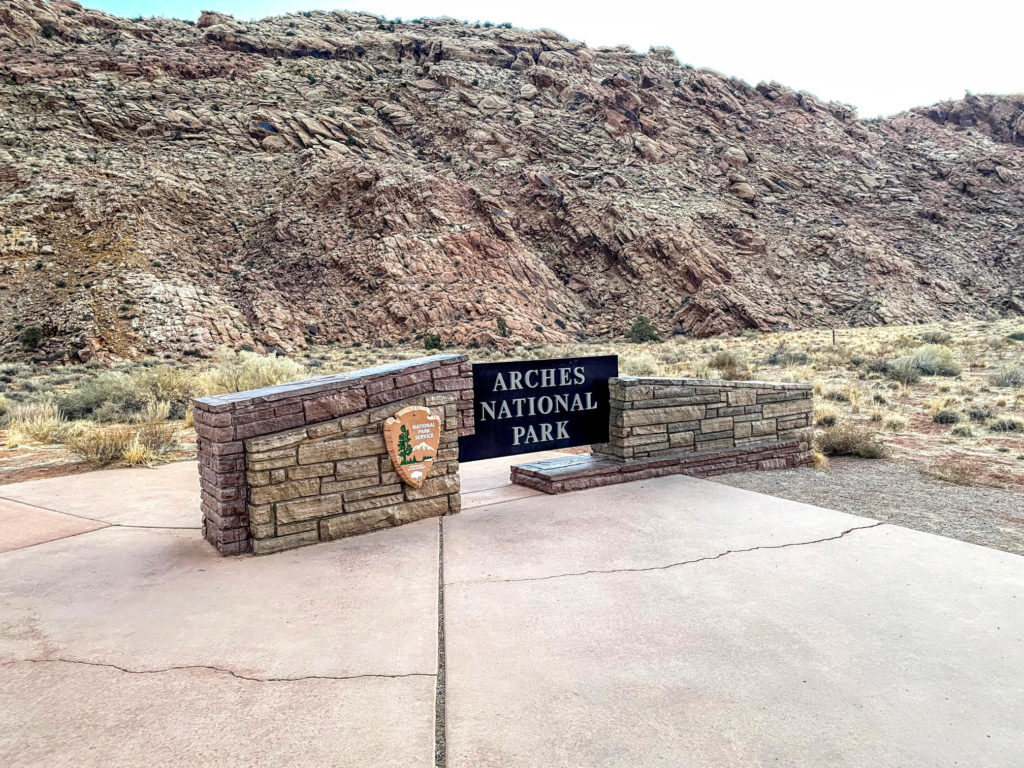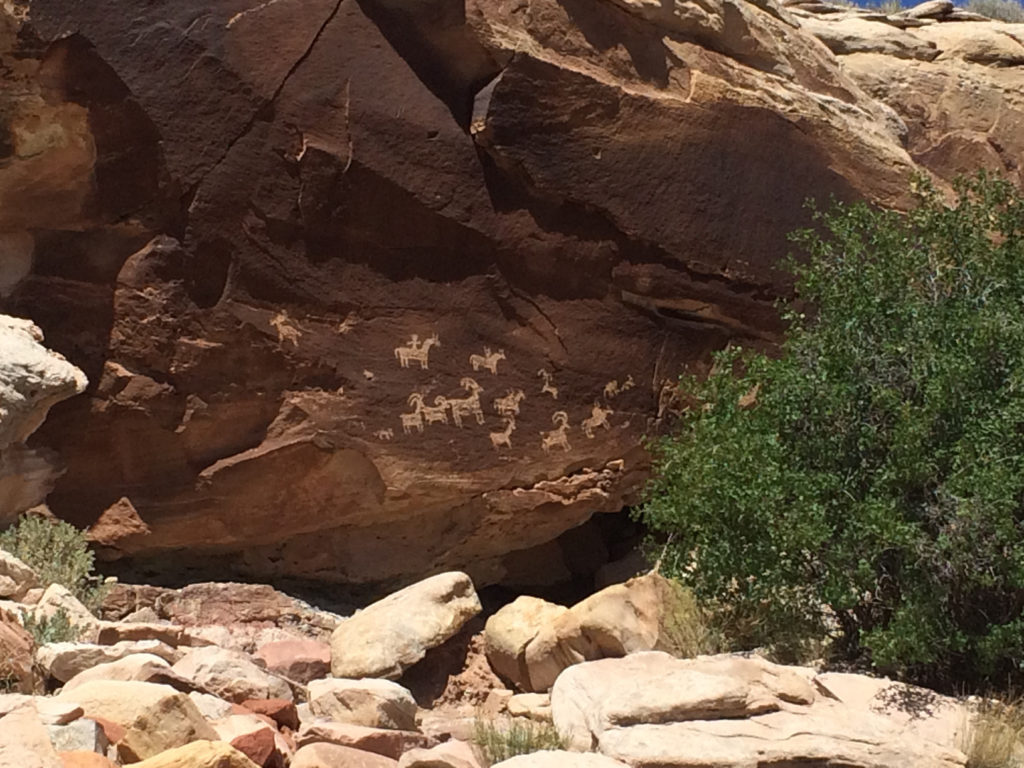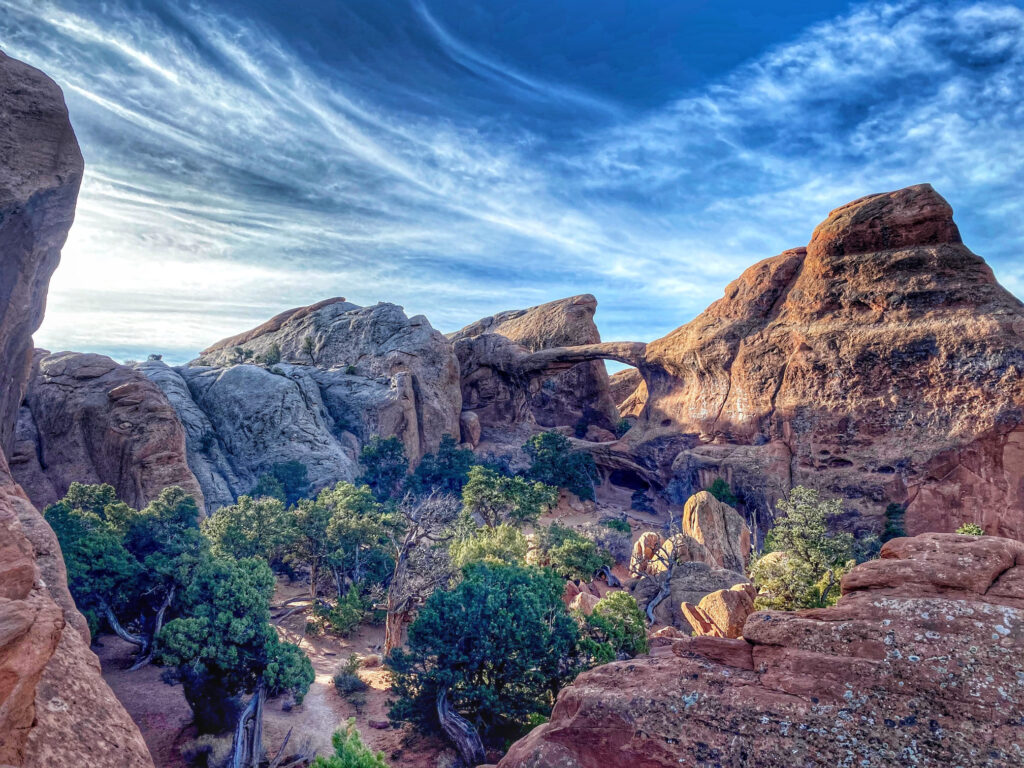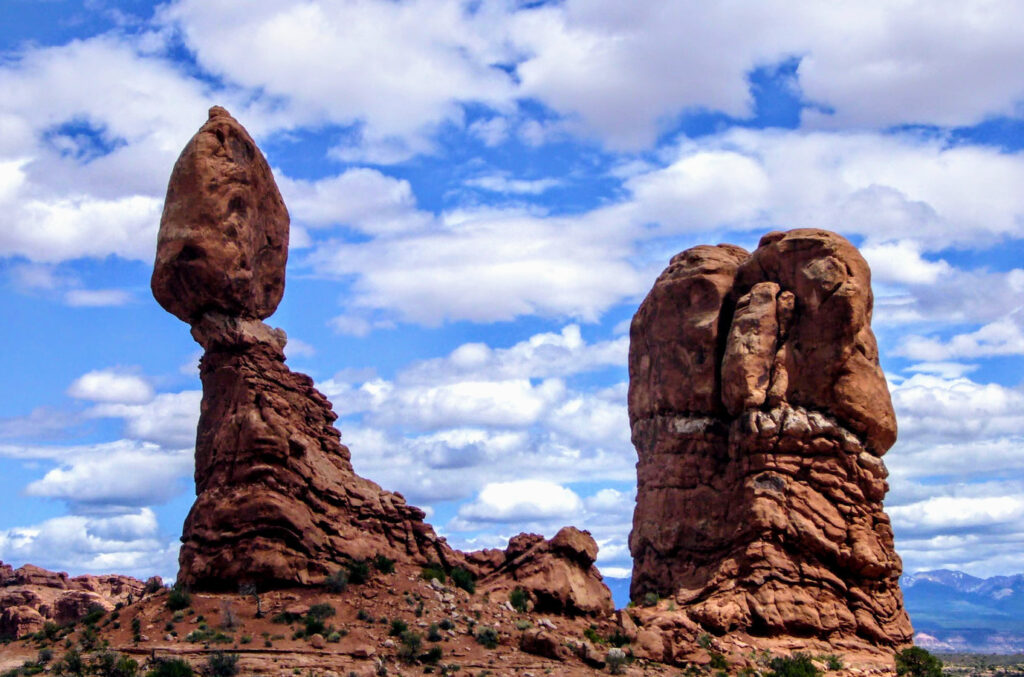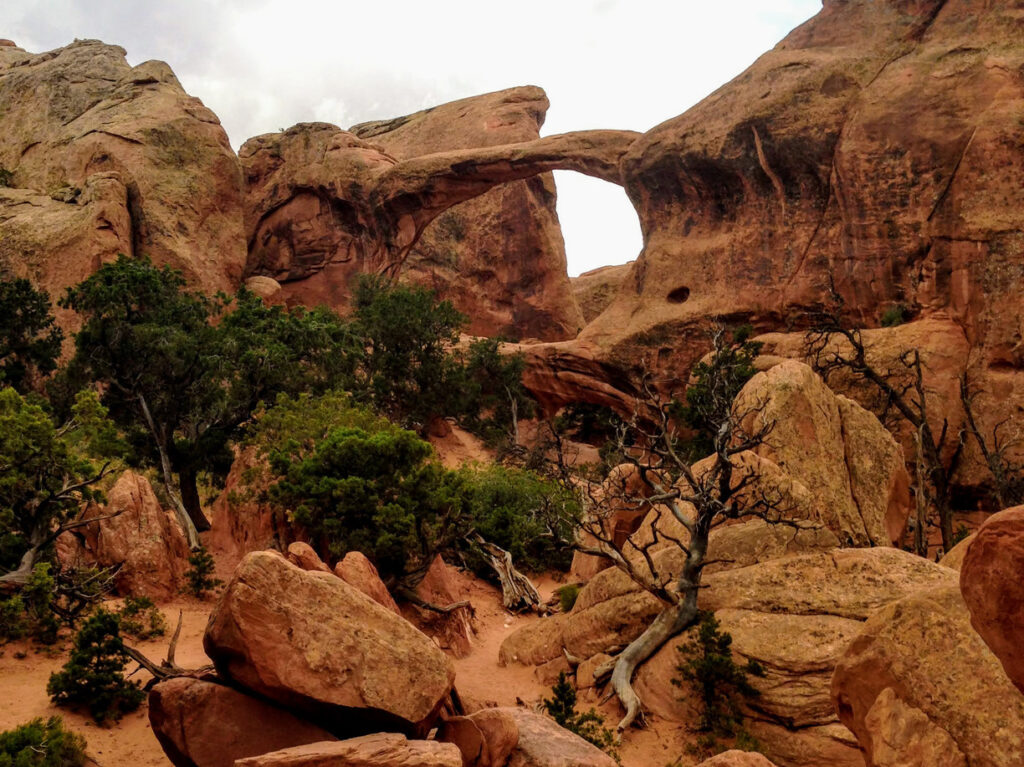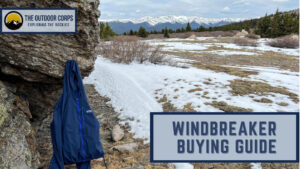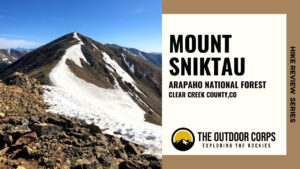Arches National Park is a stunning natural wonder located in southeastern Utah, just five miles north of Moab. Known for its more than 2,000 natural sandstone arches, this park offers a unique and unforgettable experience for visitors from all around the world. Whether you are an outdoor enthusiast, a nature lover, or simply seeking a peaceful escape, Arches National Park has something for everyone. With our Arches National Park Visitors Guide, we aim to provide you with all the information you need to plan an amazing trip. So pack your bags and get ready to embark on an unforgettable adventure in one of the most beautiful places on earth!
DESTINATION GUIDE SERIES: ARCHES NATIONAL PARK
Park History
Long before the establishment of Arches National Park, the area was home to various Native American tribes. The first European explorers to encounter the area were Spanish conquistadors in the 1500s, followed by French and American trappers and traders in the 1800s. In the late 1800s and early 1900s, the region began to attract more visitors as the railroads expanded and national parks became increasingly popular.
In 1929, President Herbert Hoover designated the area as Arches National Monument to protect its unique geologic features. Over the years, additional land was added to the monument and in 1971, Arches National Monument was designated as a national park by Congress and President Richard Nixon. Today, the park continues to attract visitors from around the world who come to hike, camp, and explore its stunning landscapes and rich history.
Tips Before You Go
- Plan Ahead: Between April 1 and October 31, timed entry reservations are required to enter Arches National Park. Reserve your ticket in advance. Also, we recommend obtaining an annual park pass, then you can visit other Utah parks during your trip.
- Check the Weather: The desert climate in Arches National Park can be unpredictable, so make sure to check the weather forecast before your trip and pack accordingly.
- Stay Hydrated: The high temperatures and dry air in the park can quickly lead to dehydration. Make sure to bring plenty of water and hydrate regularly throughout the day.
Best Hikes
Arches National Park is an absolute hiker’s paradise. Whether you’re an experienced hiker or just looking for a leisurely stroll, there’s a trail in Arches that’s perfect for you. In this section, we’ll take a closer look at some of the top hikes in the park, each offering its own unique perspective of this stunning natural wonder.
- Delicate Arch Trail (3 miles, difficult): This hike takes you to the park’s most famous landmark, the Delicate Arch. The trail can be steep, but the views are absolutely worth the effort. We recommend a very early start to avoid crowds and ensure parking.
- Landscape Arch Trail (1.8 miles, easy): This hike is in Devil’s Garden and takes you to the longest arch in North America, the Landscape Arch. The trail is relatively flat and easy.
- Devils Garden Trail (7.9 miles, difficult): If you’re looking for a longer mileage hike, the Devils Garden Trail has it all. This hike takes you to several of the park’s most impressive arches, including the Landscape Arch, Double O Arch, and the Navajo Arch. The trail is challenging with some steep climbs and descents.
- Fiery Furnace (permit required): This hike takes you through a maze of sandstone fins and canyons. It is a challenging hike that requires navigation skills. Ranger-guided hikes are also available.
Other Notable Attractions
While Arches National Park is famous for its stunning hiking trails, there are also plenty of attractions to enjoy for visitors who prefer to explore the park without hiking. Here are some of the top park attractions that do not require hiking:
- Visitors Center: The Arches National Park Visitors Center is a great place to start your exploration of the park. Here, you can learn about the park’s geology, flora and fauna, and cultural history through interactive exhibits, ranger-led programs, and informative films.
- Balanced Rock: One of the most iconic landmarks in Arches National Park, Balanced Rock can be viewed from a nearby parking area without any hiking required. The massive sandstone boulder appears to be precariously balanced on a slender pedestal, creating a stunning and unique natural wonder.
- Panorama Point: For unbelievably stunning views, head to Panorama Point. This overlook provides a breathtaking 360-degree view of the surrounding landscape, including the La Sal Mountains, the Fiery Furnace, and Devils Garden.
- Park Avenue: This area of the park features towering sandstone formations that resemble skyscrapers. The canyon walls rise up to 300 feet and are made up of layers of sandstone. Visitors can view the canyon from a nearby parking area and take in the awe-inspiring beauty of this area.
- Wolfe Ranch: The Wolfe Ranch section of Arches National Park is home to a collection of ancient petroglyphs, or rock carvings, that offer a glimpse into the rich cultural history of the region. Visitors can see the petroglyphs by taking a short, easy walk from the parking area.
Where to Stay
Campgrounds
- Devils Garden Campground: This campground is located inside the park. It is open year-round and reservations are recommended.
- Goose Island Campground: This campground is located just outside the park and features 20 sites. It is open year-round and is first-come, first-served.
- Dead Horse Point State Park: This state park is located about 30 minutes from Arches National Park and features two campgrounds and reservable yurts. Reservations are recommended.
Hotels
- Sorrel River Ranch Resort & Spa: This luxury resort is located about 20 miles from the park and offers rooms, suites, and private cabins. The resort also features a spa and on-site restaurant.
- Homewood Suites by Hilton Moab: This hotel is located in downtown Moab, just five miles from the park entrance. The hotel offers spacious suites with kitchenettes, free breakfast, and pool.
- Red Cliffs Lodge: This lodge is located about 17 miles from the park and features rooms and suites with river views and an on-site restaurant.
Getting There
By Car
- From Moab: Arches National Park is located just 5 miles north of Moab on US-191. From downtown Moab, head north on US-191 and follow signs to the park entrance. The drive takes about 10-15 minutes.
- From Salt Lake City: Take I-15 south to US-6 east to US-191 south. Follow US-191 south for about 30 miles, then turn right onto the Arches National Park entrance road. The drive from Salt Lake City takes about 3.5 hours.
- From Denver: Take I-70 west to exit 182 for US-191 south. Follow US-191 south for over 20 miles, then turn right onto the Arches National Park entrance road. The drive from Denver takes about 5.5 hours.
By Air
The closest airport to Arches National Park is Canyonlands Field Airport (CNY) in Moab, which offers flights from Denver and Salt Lake City. Another option is Grand Junction Regional Airport (GJT) in Colorado, which offers flights from several major U.S. cities. From either airport, visitors can rent a car and drive to Arches National Park. The drive from Moab to the park is about 10-15 minutes, while the drive from Grand Junction is about 1.5 hours.
Recommended Equipment
Before embarking on your adventure in Arches National Park, it’s important to pack the right gear. Here are some essential items to bring with you for a safe and enjoyable trip.
- Sturdy hiking boots with good traction, such as the Merrell Moab: Merrell Moab Men’s / Merrell Moab Women’s.
- Daypack, such as the Deuter Speed Lite 21 or the Osprey Stratos 24 to carry water, snacks, and extra layers.
- Sunscreen and a hat to protect against the sun’s rays, such as Sun Bum SPF 50 Sunscreen and the Outdoor Research Sun Runner Cap.
- Plenty of water (at least 1 liter per hour of hiking) carried in a hydration bladder, such as the CamelBak Crux Reservoir or Platypus Big EVO Reservoir.
- Trail map and/or GPS device. We recommend Gaia’s free GPS app for your smartphone; though a good Arches National Park Map would be a great investment as well.
- First aid kit, including bandages, antiseptic, and pain relievers, such as the Adventure Medical Kits Ultralight/Watertight .7 First Aid Kit.
- Snacks, such as energy bars and trail mix, to keep up your energy on the trail, such as Clif Bar Energy Bars.
- Lightweight rain jacket in case of rain or sudden temperature drops, such as the Patagonia Torrentshell 3L: Patagonia Torrentshell 3L Men’s / Patagonia Torrentshell 3L Women’s.
- Trekking poles, such as the Black Diamond Distance Z, for extra stability on steep or rocky terrain.
Recommended Books
If you’re interested in reading more about Arches National Park, there are a number of great guidebooks available. We highly recommend Desert Solitaire, by Edward Abbey as an excellent primer on the Utah desert.
- Hiking Canyonlands and Arches National Park. This guidebook features detailed descriptions and maps of hikes in both Canyonlands and Arches National Parks.
- Roadside Geology of Utah. This book provides a detailed overview of the geology of the national parks and monuments in Utah, including Arches.
- Desert Solitaire. This classic book is a memoir of Edward Abbey’s time as a park ranger in Arches National Park and provides insight into the park’s history and natural beauty.
- Arches National Park: A Photographer’s Site Shooting Guide. This book provides tips and techniques for photographing the park’s stunning landscapes.
Disclosure: Please note that this post contains affiliate links. We may receive a small commission if you buy a product or service through an affiliate link. This revenue helps us provide readers with helpful content to plan amazing adventures.

